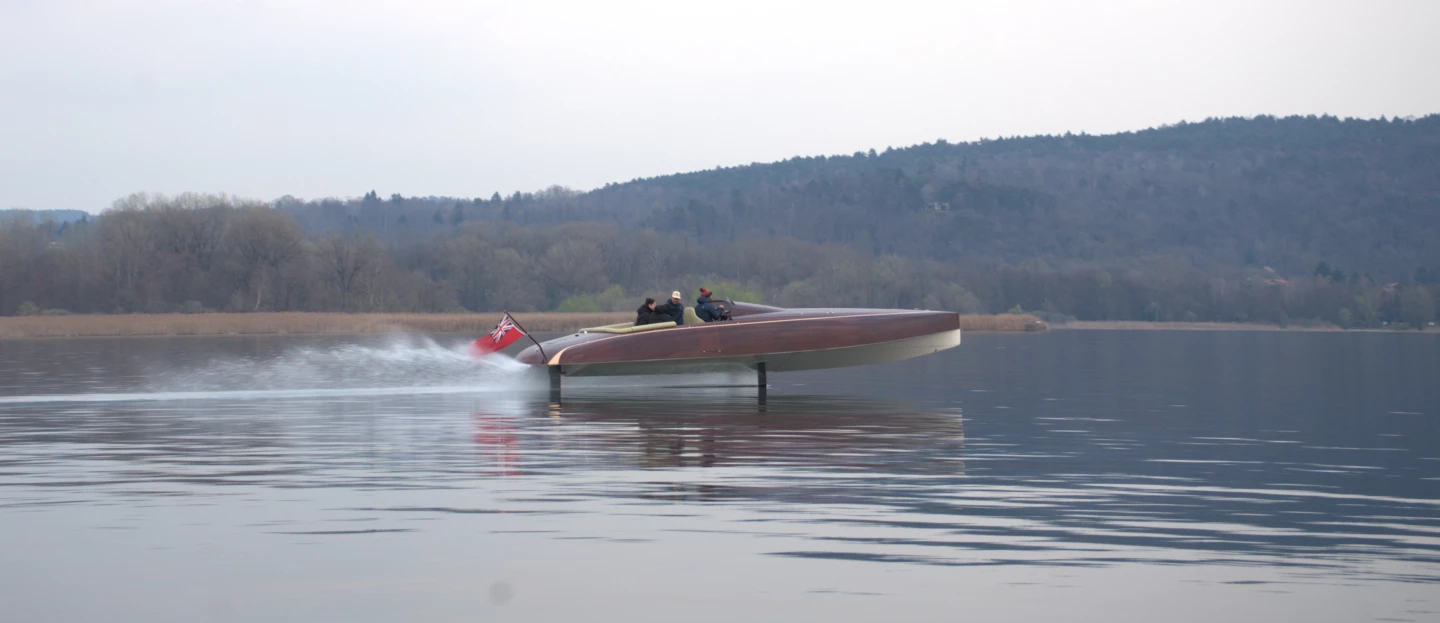If you want an electric boat to get very far, you either need huge amounts of battery, or you need to lift your hull out of the water on a hydrofoil system to cut down energy-sapping drag. The SpiritBARTech35EF does both, for record-smashing range.
When Candela announced its "Powered by Polestar" edition C-8 back in January, its low-drag hydrofoil cruise and 69-kWh battery gave it a claimed range of 57 nautical miles (66 miles/106 km), vastly more than most standard-hull electric boats can handle.
Now, Spirit Yachts and BAR Technologies have teamed up to blow that figure out of the water, if you'll permit a largely unsuccessful attempt at hydrofoil humor. The catchily-named SpiritBARTech35EF – and I'm cut 'n' pasting that slop of alphanumerical diarrhoea, because I refuse to type it – carries no less than 120 kWh in its custom battery pack, and as a result, it can travel a full 100 nautical miles (115 miles/185 km), at a fairly decent cruise speed of 22 knots (25 mph/41 km/h).

This number clearly being larger than 57, we have a new electric range champion. To put this 35-footer's range in context, the average small pleasure boat burns a gallon of fuel every 4-5 miles, so 100 nautical miles represents somewhere around 26 gallons (100 L) of fuel. Most gasoline boats have tanks much larger than 26 gallons, but on the other hand, it'd be fairly rare for most of these boats to do 115 miles in a single day.
The SpiritBARTech35EF runs a single motor – an HPM-400 tailored to the job by UK company Equipmake, which builds some of the world's most power-dense and innovative electric motors. This motor, Equipmake's first foray into the marine sector, makes a fairly meagre 80 kW (107 hp), but that's enough to get the boat flying over the waves on its foils, and up to a top speed of 28 knots (32 mph/52 km/h).
We're seeing more and more hydrofoiling boats popping up in the last few years, if you'll excuse a second, slightly more successful attempt at hydrofoil humor. We expect this trend to continue, since pushing a hull through water drains so much energy that this sector will be extremely hard to decarbonize without finding ways to rise above the waves.
Source: Equipmake








